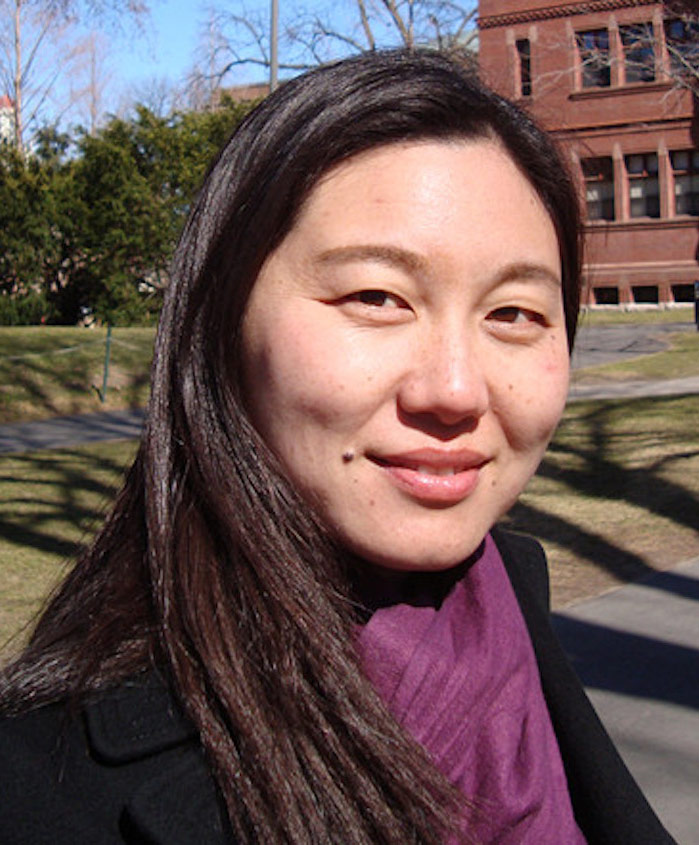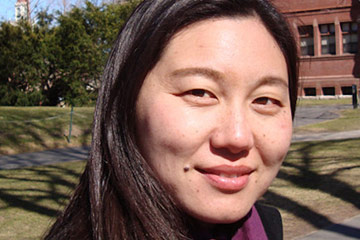May is Asian, Pacific Islander, Desi and Asian American Heritage Month. Throughout the month, The Daily will highlight members of the university community who are of Asian, Pacific Islander, Desi and Asian American heritage to celebrate their accomplishments as members of the campus community and shed light on their experiences at CWRU.

Growing up in urban China, Lihong Shi was under the common impression that rural Chinese culture preferred sons over daughters and that daughters were often deprived of education when limited family resources went to support male siblings. This assumption fueled Shi’s approach to research, both as a student herself and now as a faculty member at Case Western Reserve University.
While studying English at Liaoning University in Shenyang, China, Shi was empowered by the feminist theories she read. The experience led her to the United States to pursue an education in women’s studies, which would ultimately serve as the foundation for all of her research. As a master’s student at San Diego State University—the first university to have a women’s studies program in the U.S.—Shi focused her research on girls’ education in rural China, which led her to complete fieldwork in a small northeastern Chinese village.
“My parents were very supportive of my education,” Shi said. “So I think that’s why I became very sensitive to the belief among urban Chinese people that girls in rural China were deprived of education opportunities.”
After graduating from San Diego State, she’s continued evolving her approach, pursuing her master’s and PhD in anthropology from Tulane University and spending more time in the village to write her book, Choosing Daughters: Family Change in Rural China. And now, as an associate professor of anthropology at Case Western Reserve, she’s teaching courses such as Chinese Culture in Society, Health and Healing in East Asia, Global Politics of Fertility, Population Change, and Anthropology of Aging.
Shi’s unique approach to important topics benefits all CWRU students in her racially and culturally diverse classroom, but especially those who are international students.
“Once I was an international student from China,” Shi said. “Yet now, I am a mentor for international students.”
Shi strives to create a classroom environment that opens up conversations and allows students to talk about their own experiences. Recently, this has led to conversations regarding incidents where her students have felt marginalized, but open discussions about their frustrations helps both Shi and other students better understand individuals’ experiences and better offer support.
“The classroom is a very valuable space for students from different cultural and racial backgrounds to learn from each other,” Shi said.

